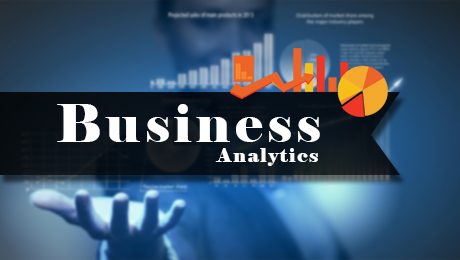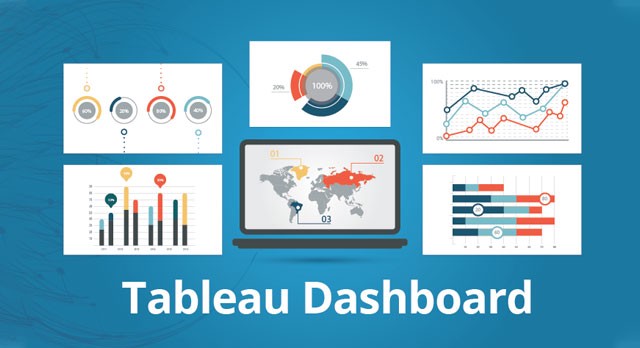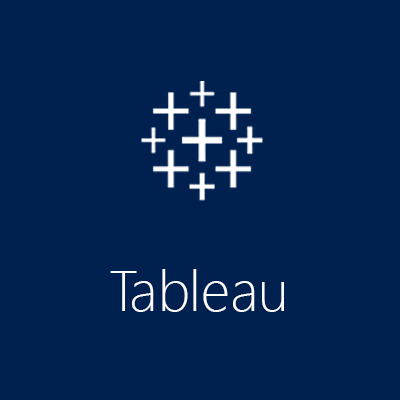Description
Introduction of Business Analytics Foundations
Business analytics plays a crucial role in modern decision-making by leveraging data to drive strategic insights and operational efficiency. This Business Analytics Foundations course provides a covering key concepts such as data collection, data visualization, statistical analysis, and predictive modeling. Participants will learn how to transform raw data into actionable intelligence using industry-standard tools.
Prerequisites
- Basic understanding of business concepts
- Familiarity with Excel or any spreadsheet tool (optional)
- No prior programming knowledge is required
Table of Contents
1. Introduction to Business Analytics
1.1 What is Business Analytics?
1.2 Importance of Data-Driven Decision Making
1.3 Types of Business Analytics: Descriptive, Predictive, and Prescriptive
2. Data Collection and Management
2.1 Understanding Structured and Unstructured Data
2.2 Data Sources: Internal vs. External Data
2.3 Data Cleaning and Preparation Techniques
3. Exploratory Data Analysis (EDA)
3.1 Data Visualization Basics
3.2 Identifying Trends, Patterns, and Outliers
3.3 Hands-On: EDA with Excel, Power BI, or Tableau
4. Statistical Foundations for Business Analytics
4.1 Descriptive Statistics: Mean, Median, Standard Deviation
4.2 Probability and Distribution Models
4.3 Inferential Statistics: Hypothesis Testing and Confidence Intervals
5. Business Intelligence and Dashboards
5.1 Introduction to BI Tools (Power BI, Tableau, Google Data Studio)
5.2 Building Interactive Dashboards
5.3 Real-World Case Study: Sales and Marketing Analytics(Ref: Data Preparation in Advanced Analytics with ThoughtSpot)
6. Predictive Analytics and Forecasting
6.1 Regression Analysis for Business Decision Making
6.2 Time Series Forecasting for Sales and Demand Prediction
6.3 Hands-On: Implementing Forecast Models
7. Data-Driven Decision-Making Frameworks
7.1 Decision Trees and Risk Assessment
7.2 Scenario Analysis and What-If Modeling
7.3 A/B Testing for Business Strategy Optimization
8. Machine Learning for Business Analytics (Introductory)
8.1 Introduction to Machine Learning Models
8.2 Clustering and Classification Techniques
8.3 Hands-On: Customer Segmentation Using ML
9. Case Studies and Real-World Applications
9.1 Business Analytics in Marketing and Customer Insights
9.2 Financial Analytics for Risk Management
9.3 Supply Chain and Operations Analytics
10. Ethics and Governance in Data-Driven Decision Making
10.1 Data Privacy and Security Regulations
10.2 Ethical Considerations in AI and Analytics
10.3 Best Practices for Responsible Data Use
Conclusion
This course provides a solid foundation in business analytics, equipping professionals with the skills needed to leverage data for strategic decision-making. By the end of this Business Analytics Foundations training, participants will be able to analyze data, generate insights, and apply analytics techniques to real-world business scenarios.










Reviews
There are no reviews yet.